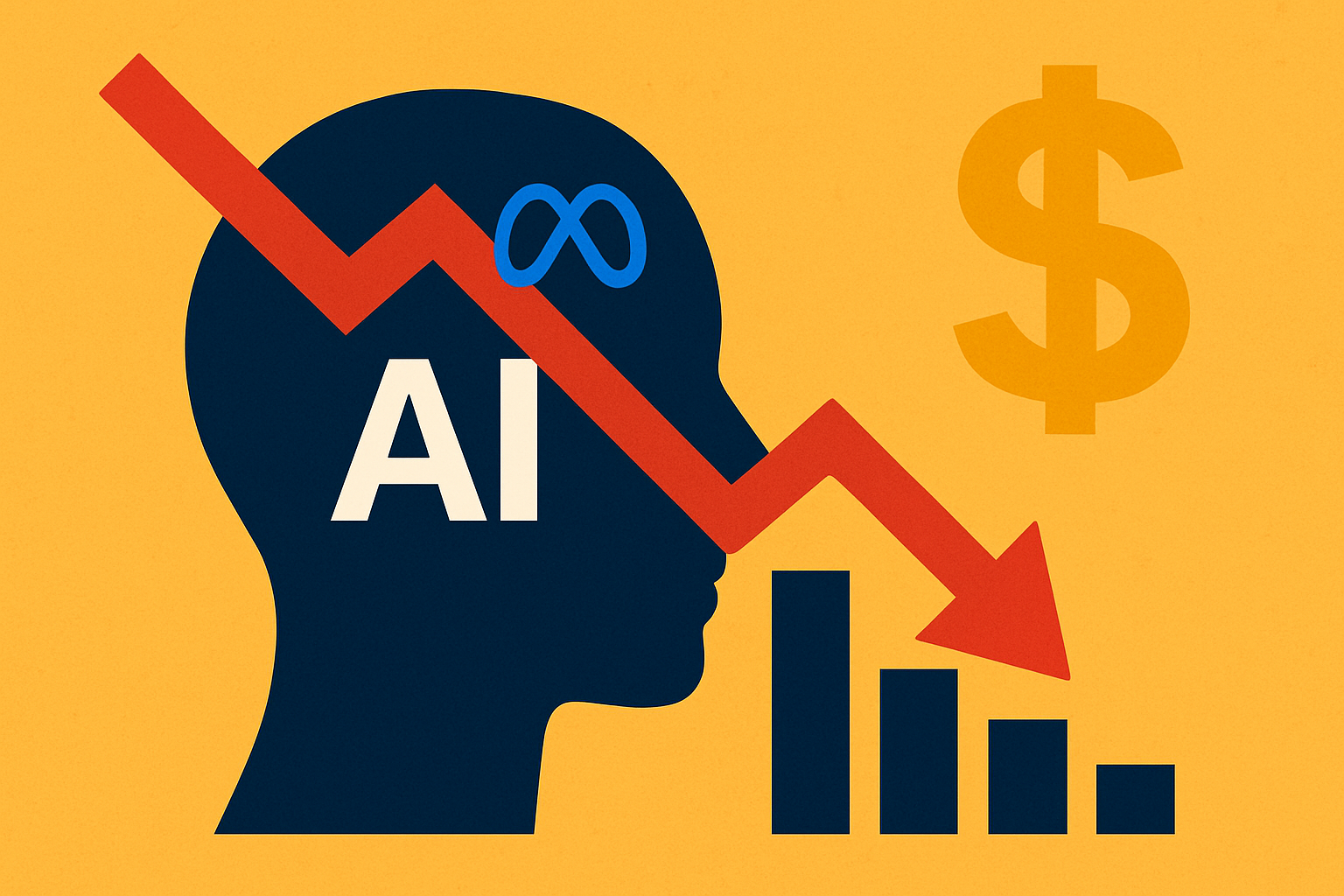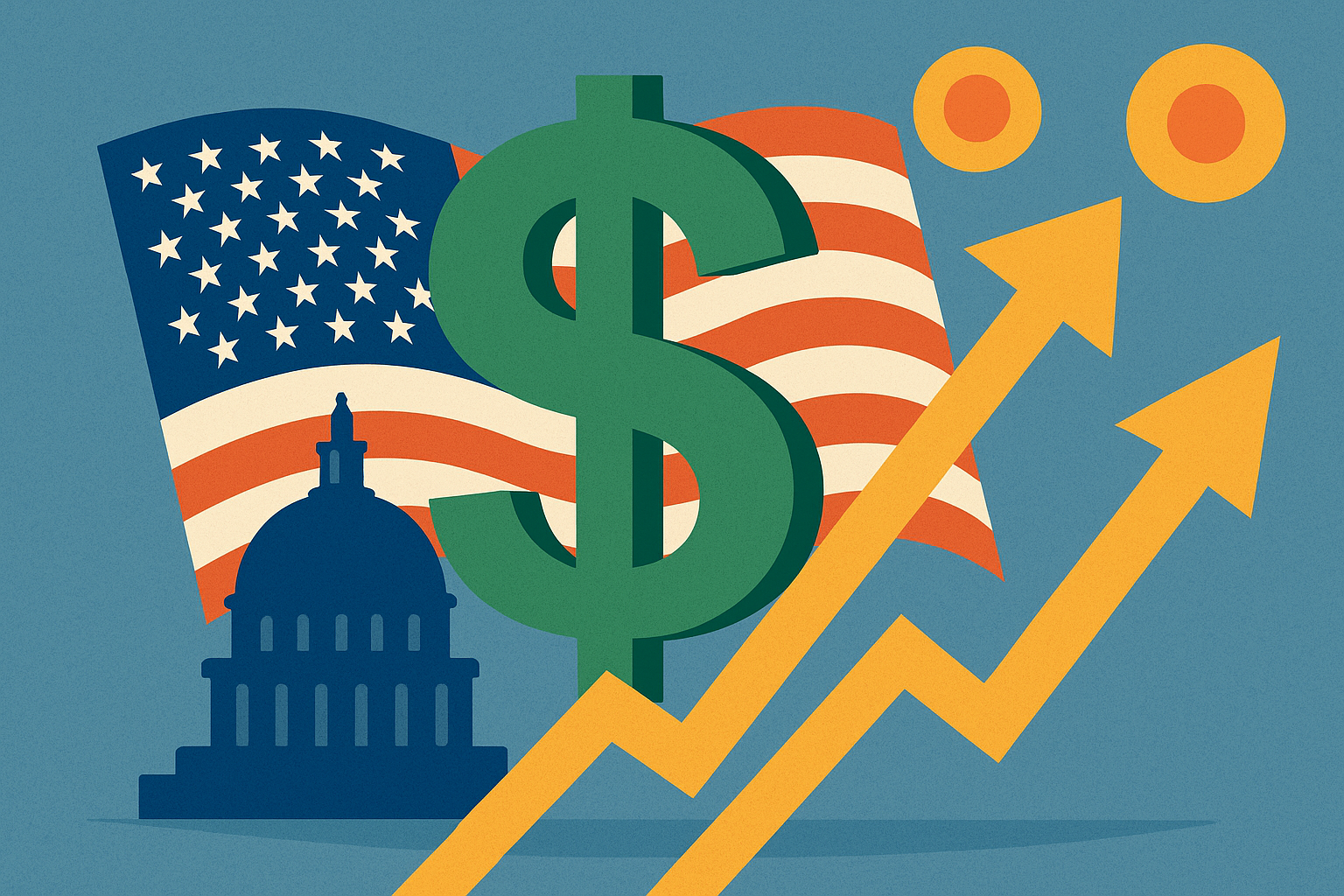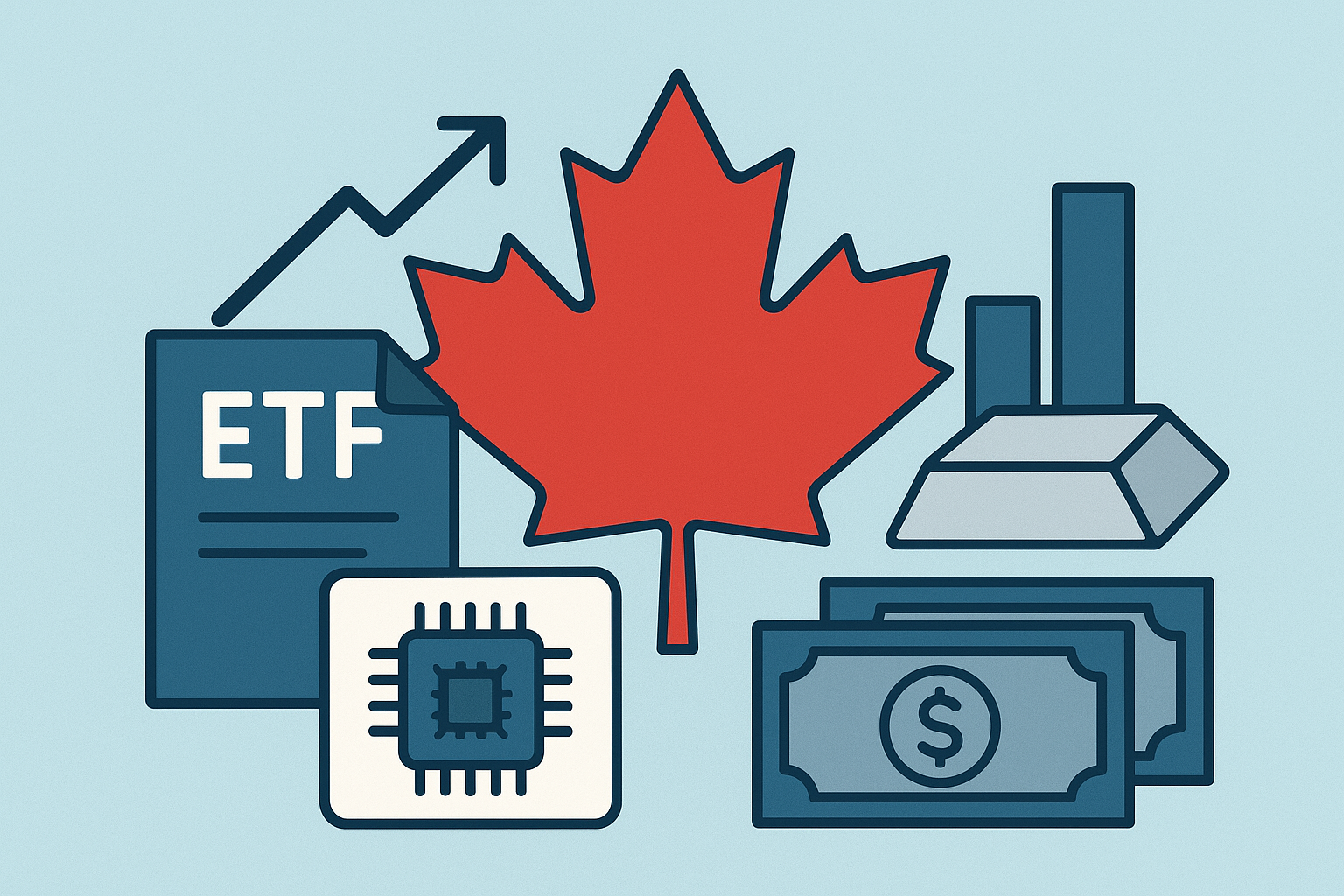Generative AI has dominated investor conversations and fueled unprecedented valuations across the technology sector. But a new report from MIT is challenging that optimism, revealing that 95% of organizations adopting generative AI have seen little to no measurable returns. For investors who have backed AI as the growth engine of the decade, this raises sobering questions about whether the current AI boom is sustainable—or if we are witnessing the early signs of a bubble.
Market Optimism Meets Harsh Reality
The Financial Times, citing MIT’s latest findings, highlights a growing disconnect between soaring market valuations and the real-world performance of generative AI tools. Despite billions in corporate spending, most firms report limited productivity gains, undermining the narrative that AI is delivering immediate transformative value.
This gap between promise and payoff is reverberating through equity markets. High-growth stocks like Nvidia, Oracle, and other AI-exposed names have come under pressure, with investors recalibrating expectations. Meanwhile, policy discussions in Washington—such as the White House’s consideration of taking a strategic stake in Intel—underscore how governments are weighing the risks and opportunities of AI infrastructure investments.
Why This Matters for Investors
The implications are far-reaching. Investors have poured capital into AI-heavy firms, banking on rapid adoption across industries from finance to healthcare. Yet if returns continue to fall short, valuations could face a painful reset.
Analysts from Goldman Sachs recently warned that while AI could add trillions to global GDP by 2035, the near-term outlook remains cloudy. The MIT data suggests that firms may have underestimated the cost, complexity, and time required to integrate generative AI into their operations. This disconnect should caution investors against assuming linear growth trajectories.
The risks are not confined to Big Tech. Venture-backed AI startups, many of which lack sustainable business models, could see funding conditions tighten if investor sentiment shifts. As history has shown—from the dot-com bust to the crypto winter—hype cycles without fundamentals rarely end smoothly.
Future Trends to Watch
- Shift to Fundamentals: Expect greater scrutiny of companies’ AI-related revenue streams. Investors will increasingly differentiate between firms delivering tangible returns versus those making speculative claims.
- Government Intervention: The White House’s consideration of strategic stakes in chipmakers like Intel reflects a potential pivot toward industrial policy. Similar moves in Europe and Asia could reshape the competitive landscape for semiconductors.
- Enterprise Adoption Curve: Watch how major corporations report AI-driven productivity gains—or lack thereof—during upcoming earnings cycles. Evidence of cost savings or efficiency improvements will be critical in sustaining valuations.
- Capital Rotation: If AI momentum stalls, investors may rotate into undervalued sectors such as energy, industrials, or consumer staples, seeking safer returns while the technology narrative resets.
Key Investment Insight
For now, investors should tread carefully. While generative AI remains a long-term structural theme, near-term overvaluation risks are real. Companies like Intel—with exposure to semiconductors and government-backed strategic positioning—may offer a more balanced play compared to hyper-growth AI firms priced for perfection. Prudent investors will look for evidence of monetization and profitability before committing to aggressive AI bets.
Generative AI has the potential to reshape industries, but the MIT study reminds us that breakthroughs rarely translate into immediate financial returns. Investors would be wise to balance enthusiasm with skepticism, focusing on fundamentals over hype.
Stay informed with MoneyNews.Today for daily analysis and insights that help you navigate the market’s most critical turning points.





